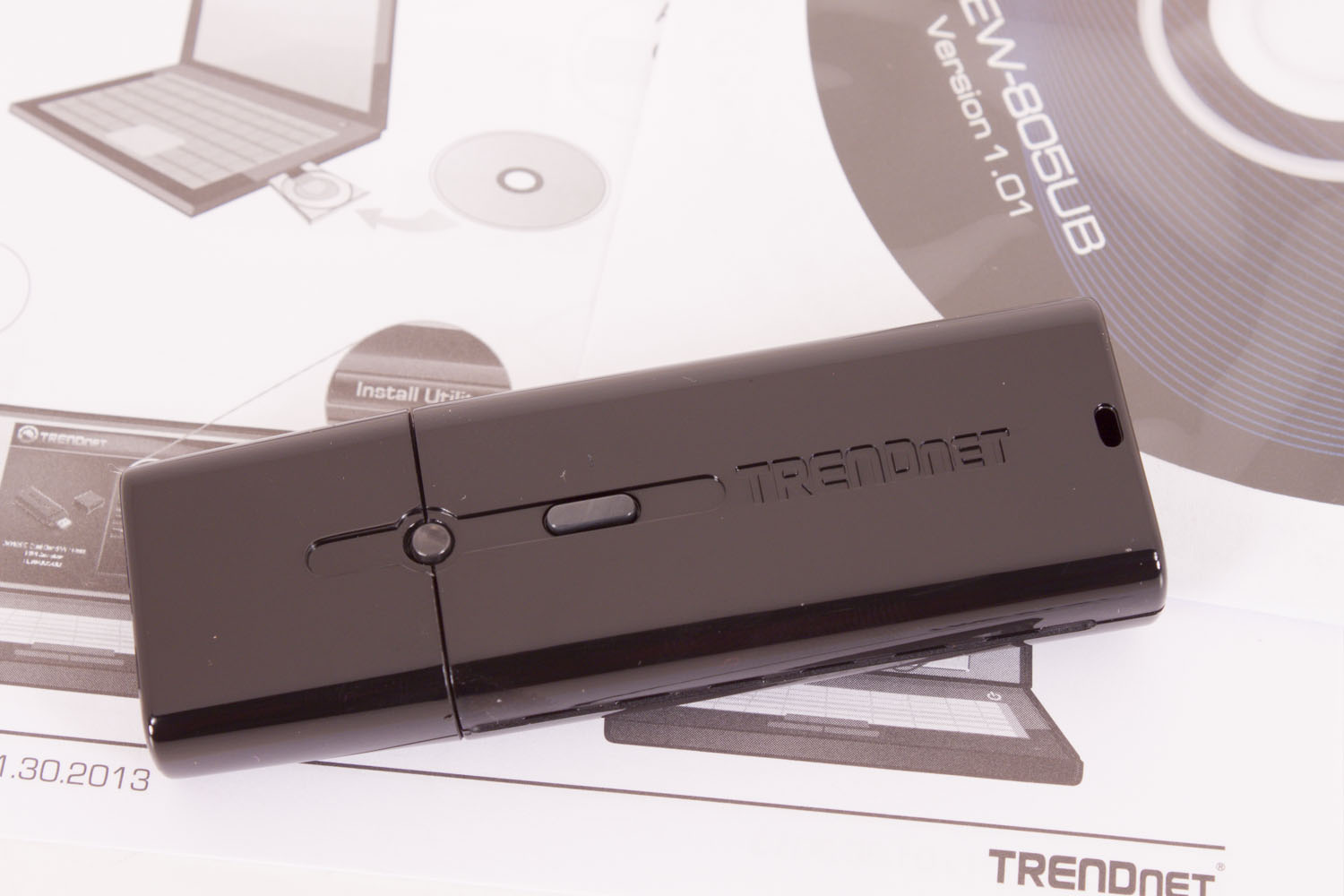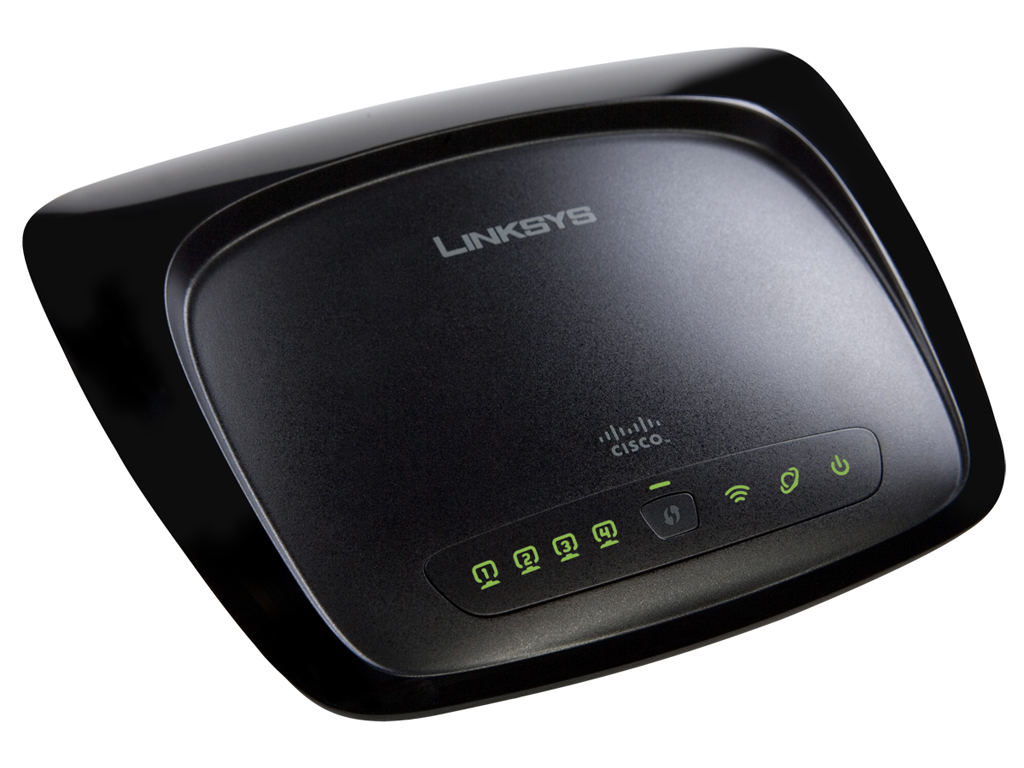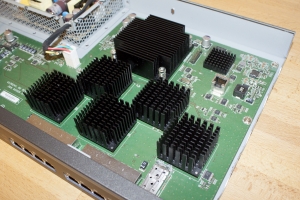From The Blog
-
ConnectWise Slash and Grab Flaw Once Again Shows the Value of Input Validation We talk to Huntress About its Impact
Written by Sean KalinichAlthough the news of the infamous ConnectWise flaw which allowed for the creation of admin accounts is a bit cold, it still is one that…Written on Tuesday, 19 March 2024 12:44 in Security Talk Read 680 times Read more...
-
Social Manipulation as a Service – When the Bots on Twitter get their Check marks
Written by Sean KalinichWhen I started DecryptedTech it was to counter all the crap marketing I saw from component makers. I wanted to prove people with a clean…Written on Monday, 04 March 2024 16:17 in Editorials Read 1566 times Read more...
-
To Release or not to Release a PoC or OST That is the Question
Written by Sean KalinichThere is (and always has been) a debate about the ethics and impact of the release of Proof-of-Concept Exploit for an identified vulnerability and Open-Source…Written on Monday, 26 February 2024 13:05 in Security Talk Read 1100 times Read more...
-
There was an Important Lesson Learned in the LockBit Takedown and it was Not About Threat Groups
Written by Sean KalinichIn what could be called a fantastic move, global law enforcement agencies attacked and took down LockBit’s infrastructure. The day of the event was filled…Written on Thursday, 22 February 2024 12:20 in Security Talk Read 1070 times Read more...
-
NetSPI’s Offensive Security Offering Leverages Subject Matter Experts to Enhance Pen Testing
Written by Sean KalinichBlack Hat 2023 Las Vegas. The term offensive security has always been an interesting one for me. On the surface is brings to mind reaching…Written on Tuesday, 12 September 2023 17:05 in Security Talk Read 2120 times Read more...
-
Black Kite Looks to Offer a Better View of Risk in a Rapidly Changing Threat Landscape
Written by Sean KalinichBlack Hat 2023 – Las Vegas. Risk is an interesting subject and has many different meanings to many different people. For the most part Risk…Written on Tuesday, 12 September 2023 14:56 in Security Talk Read 1838 times Read more...
-
Microsoft Finally Reveals how they Believe a Consumer Signing Key was Stollen
Written by Sean KalinichIn May of 2023 a few sensitive accounts reported to Microsoft that their environments appeared to be compromised. Due to the nature of these accounts,…Written on Thursday, 07 September 2023 14:40 in Security Talk Read 2110 times Read more...
-
Mandiant Releases a Detailed Look at the Campaign Targeting Barracuda Email Security Gateways, I Take a Look at What this all Might Mean
Written by Sean KalinichThe recent attack that leveraged a 0-Day vulnerability to compromise a number of Barracuda Email Security Gateway appliances (physical and virtual, but not cloud) was…Written on Wednesday, 30 August 2023 16:09 in Security Talk Read 2088 times Read more...
-
Threat Groups Return to Targeting Developers in Recent Software Supply Chain Attacks
Written by Sean KalinichThere is a topic of conversation that really needs to be talked about in the open. It is the danger of developer systems (personal and…Written on Wednesday, 30 August 2023 13:29 in Security Talk Read 1876 times Read more...
Recent Comments
- Sean, this is a fantastic review of a beautiful game. I do agree with you… Written by Jacob 2023-05-19 14:17:50 Jedi Survivor – The Quick, Dirty, and Limited Spoilers Review
- Great post. Very interesting read but is the reality we are currently facing. Written by JP 2023-05-03 02:33:53 The Dangers of AI; I Think I Have Seen this Movie Before
- I was wondering if you have tested the microphone audio frequency for the Asus HS-1000W? Written by Maciej 2020-12-18 14:09:33 Asus HS-1000W wireless headset impresses us in the lab
- Thanks for review. I appreciate hearing from a real pro as opposed to the blogger… Written by Keith 2019-06-18 04:22:36 The Red Hydrogen One, Possibly One of the Most “misunderstood” Phones Out
- Have yet to see the real impact but in the consumer segment, ryzen series are… Written by sushant 2018-12-23 10:12:12 AMD’s 11-year journey to relevance gets an epic finish.
Most Read
- Microsoft Fail - Start Button Back in Windows 8.1 But No Start Menu Written on Thursday, 30 May 2013 15:33 in News Be the first to comment! Read 116514 times Read more...
- We take a look at the NETGEAR ProSafe WNDAP360 Dual-Band Wireless Access Point Written on Saturday, 07 April 2012 00:17 in Pro Storage and Networking Be the first to comment! Read 87450 times Read more...
- Synology DS1512+ Five-Bay NAS Performance Review Written on Tuesday, 12 June 2012 20:31 in Pro Storage and Networking Be the first to comment! Read 82003 times Read more...
- Gigabyte G1.Sniper M3 Design And Feature Review Written on Sunday, 19 August 2012 22:35 in Enthusiast Motherboards Be the first to comment! Read 80316 times Read more...
- The Asus P8Z77-M Pro Brings Exceptional Performance and Value to the Lab Written on Monday, 23 April 2012 13:02 in Consumer Motherboards Be the first to comment! Read 70963 times Read more...
Displaying items by tag: Networking
New Tech, Stale Tech, and the Diminishing Security Skill Set
Although not a new subject here at DecryptedTech we thought it was time for us to dive into three of serious issues in the security world (out of many). The three we are covering today are emerging technologies, stale technologies and how the security, and IT, skill set seems to be diminishing. All three are cause for concern and often seen as at least contributing factors in breaches. What make this more interesting is that in many cases the three are connected.
NETGEAR WC7600 Wireless Controller and WN370 Access Point Review
For the majority of people the term wireless means a simple router or access point (AP) and that is that. However, when you look at wireless on a larger scale you have to have a means to control access points in your organization with a little more efficiency. The thought of going from AP to AP and manually making changes to ensure proper coverage or channel plans is one that would keep most network engineers up at night. However systems that offer a centralized management point for multiple Aps are typically out of the range of small and even medium sized businesses. NETGEAR has stepped in and created a few products to cover this market. We have their WC7600 Wireless controller and a pair of WN370 Access Points in the lab, so let’s check this bundle out and see how it fits in.
Asus RT-N66U Dark Knight 802.11n Wireless Router Review
Home networking gear has been making some leaps in speed and sophistication since its introduction. These leaps have made wireless in the home more usable and configurable. Much of the work on this side of the product (making things easier to configure and use) has been behind the scenes, but this work has pushed wireless technology further into our homes. Now the big ticket item is the new 802.11ac wireless standard. However there is still a huge market for 802.11n wireless products with dual concurrent bands (2.4GHz and 5GHz). Right now these wireless products are what you are going to see in the market and what consumers are interested in simply because of their prevalence. So with that in mind we are taking about an 802.11n wireless router from Asus, the RT-N66U Dark Knight Wireless router.
Shuttle launches new Omninas NAS devices
Shuttle has presented two interesting home NAS devices from Omninas line, models KD21 and KD22. Solutions have elegant aluminum housing with space for up to two 2.5 or 3.5 inch disks and SATA interface.
TRENDNet TEW-805UB 802.11ac USB 3.0 Adapter Review
 |
Since its introduction there has been something of an internal battle with wireless. On the one hand it is very convenient; you just connect to an access point and you have freedom as long as you are inside the network rand. On the other the speed is not always that great and, if the signal is too weak, you can end up dropping packets, files and losing data. Over the years there have been great improvements in wireless speed, but no matter what it has never been able to match the speed of a wired connection. At least it could not until 802.11ac wireless arrived on the scene. This new specification offers a theoretical limit of 1.3Gbps over a 5GHz wireless connection. We have already taken a look at a router and USB 2.0 adapter, now we are going to look at what happens when you put USB 3.0 into the mix with the TRENDNet TEW-805UB adapter.
NETGEAR ProSafe XS708E 8-Port 10Gbe Switch Review
 |
In the world of the enterprise bandwidth is everything. If you do not have enough or you cannot keep your systems running then you are sure to lose money. The problem is getting the bandwidth you need without spending too much to get it. The current backbone to client standard is 1Gbe (Gigabit Ethernet). This give you plenty of bandwidth for client operations as well as voice traffic (which is typically about 20% of your data usage. Now this is great when you are talking about client to server traffic, but what happens when you need servers to talk to each other or servers to talk to storage? Here you need significantly more bandwidth than you do out to clients. Right now at the high-end of the spectrum you have 40Gbe (with 100Gbe coming very soon) and just under this is 10Gbe. Traditionally 10Gbe has been the playing ground for fiber optics or for TwianAixal cables. The problem is that these are not all that economical and end up out of the hands of all but larger enterprise networks. Things have changed though, just like 1Gbe over 10 years ago, 10Gbe is now hitting the price range that puts it into the hands of small and medium sized businesses. We are going to take a look at one of these options today in the form of the NETGEAR ProSafe XS708E 8-port 10Gbe Ethernet Switch.
Synology DS1513+ Review Part I - Intro and Teardown
 |
Storage is something that everyone needs. No matter if you are a single end user or a gigantic corporation you have to have a place to keep your data. This one little fact has never changed and probably never will. The difference is that home users are now higher on the scale when it comes to storage needs than many small and medium sized business. Home users are maintain more and more data in the form of movies, music pictures and even installation files while many small businesses are only storing simple documents and perhaps a few databases. It has changed the dynamic in the way storage products are marketed in many ways and this is not truly a completely good thing. While a normal consumer might store more information than a small business they do not have the same need to never be offline or unavailable. The typical home user also does not have the same number of connections to their data as a medium or even small business. There needs to be a class of NAS that can handle these requirements without pushing the price tag over the top. Synology has a very solid answer for these questions and more all bundled up inside the new DS1513+; this is a five-bay NAS that includes four 1Gbps LAN and a ton of other features. Let’s dive in and take a look shall we?
TRENDNet TEW-812DRU 802.11ac Wireles Dual Band Router Review
 |
When wireless networking was first introduced it was a very cool concept and people bought into it. The problem was that it was also about as slow as dial-up internet was. The good news is that all technologies advance and wireless was non exception. Once the idea caught on we quickly ramped up in speed, but wireless was never quite able to keep up with a wired connection. We saw these connections leap ahead by a factor of 10 while wireless had small incremental speed jumps. All of that changed in 2011 when researchers built up the next specification for wireless speed, 802.11ac. This speed increase more than doubled what wireless was able to do previously. Suddenly wireless was just as fast as a wired connection (in theory). We have a few routers and adapters in the lab and will be taking a look at them. Today we are going to show you the TRENDNet TEW-812DRU AC1750 dual band wireless router.
Happy birthday Ethernet
 |
The Era of the Ethernet began on 22nd May in 1973. when Robert Metcalfe, a researcher at the famous Xerox PARC research center in Palo Alto, California, sent a brief letter in which he proposed a medium for transmitting electromagnetic waves, and among other things drew the bottom sketch of the new emerging standards.
Belkin takes over Linksys
 |
Belkin has officially announced they will take over Cisco's home networking solutions department. With this move Belkin also gets the Linksys department with which the company intends to hold a 30 percent market share of networking solutions for home users and small businesses in the U.S.





